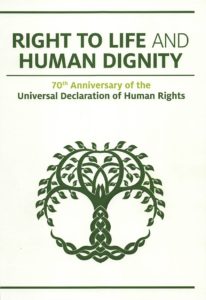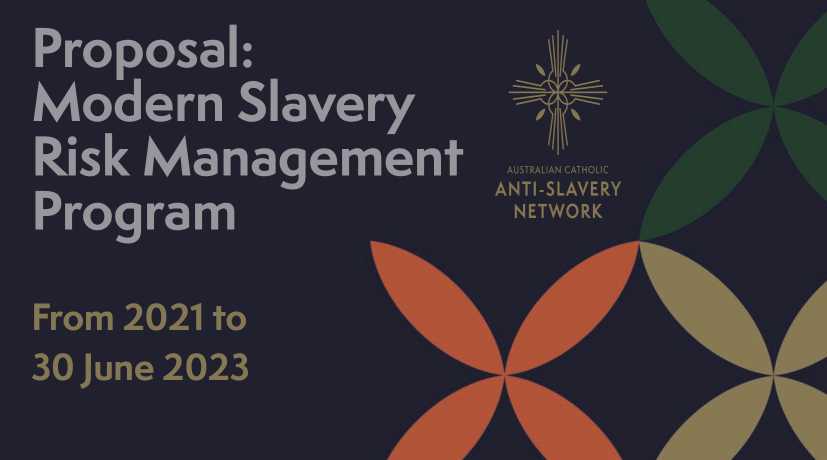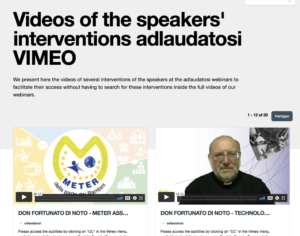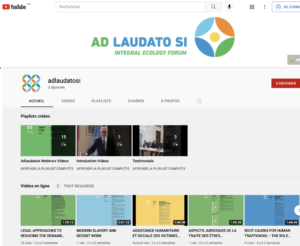
ADVOCACY — DIPLOMACY
DEFINITIONS — Forms of Trafficking under International Law
Trafficking in Persons
Trafficking in persons shall mean the recruitment, transportation, transfer, harbouring or receipt of persons, by means of the threat or use of force or other forms of coercion, of abduction, of fraud, of deception, of the abuse of power or of a position of vulnerability or of the giving or receiving of payments or benefits to achieve the consent of a person having control over another person, for the purpose of exploitation. Exploitation shall include, at a minimum, the exploitation of the prostitution of others or other forms of sexual exploitation, forced labour or services, slavery or practices similar to slavery, servitude or the removal of organs. (United Nations Protocol to Prevent, Suppress and Punish Trafficking in Persons, Especially Women and Children, supplementing the United Nations Convention against Transnational Organized Crime—2000)
Slavery
The status or condition of a person over whom any or all of the powers attaching to the right of ownership are exercised. (Slavery, Servitude, Forced Labour and Similar Institutions and Practices Convention —1926)
Enslavement
The exercise of any or all of the powers attaching to the right of ownership over a person and includes the exercise of such power in the course of trafficking in persons, in particular women and children. (Rome Statute of the International Criminal Court—2002)
Practices Similar to Slavery
The act of conveying or attempting to convey slaves from one country to another by whatever means of transport, or of being accessory thereto; the act of mutilating, branding or otherwise marking a slave or a person of servile status in order to indicate his status, or as a punishment, or for any other reason, or of being accessory thereto. (Supplementary
Convention on the Abolition of Slavery, the Slave Trade, and Institutions and Practices Similar to Slavery—1956)
Servitude
The status or condition of dependency of a person who is unlawfully compelled or coerced by another to render any service to the same person or to others and who has no reasonable alternative but to perform the service. Servitude shall include domestic service and debt bondage. (Early draft of the United Nations Protocol to Prevent, Suppress and Punish
Trafficking in Persons, Especially Women and Children—2000)
Slave Trade
All acts involved in the capture, acquisition or disposal of a person with intent to reduce him to slavery; all acts involved in the acquisition of a slave with a view to selling or exchanging him; all acts of disposal by sale or exchange of a slave acquired with a view to being sold or exchanged, and, in general, every act of trade or transport in slaves.
(Slavery, Servitude, Forced Labour and Similar Institutions and Practices Convention—1926)
Debt Bondage
The status or condition arising from a pledge by a debtor of his personal services or of those of a person under his control as security for a debt, if the value of those services as reasonably assessed is not applied towards the liquidation of the debt or the length and nature of those services are not respectively limited and defined.
(Supplementary Convention on the Abolition of Slavery, the Slave Trade, and Institutions and Practices Similar to Slavery—1956)
Forced Labor
All work or service which is exacted from any person under the menace of any penalty and for which the said person has not offered himself voluntarily. (International Labour Organisation Convention concerning Forced or Compulsory Labour—1932)
Severe Forms of Trafficking in Persons
- Sex trafficking in which a commercial sex act is induced by force, fraud, or coercion, or in which the person induced to perform such act has not attained 18 years of age; or
- The recruitment, harboring, transportation, provision, or obtaining of a person for labor or services, through the use of force, fraud, or coercion for the purpose of subjection to involuntary servitude, peonage, debt bondage, or slavery. [Sec. 103(8)]
Sex Trafficking
The recruitment, harboring, transportation, provision, or obtaining of a person for the purpose of a commercial sex act [Sec. 103(9)]
Commercial Sex Act
Any sex act on account of which anything of value is given to or received by any person [Sec. 103(3)]
Involuntary Servitude
A condition of servitude induced by means of:
- Any scheme, plan, or pattern intended to cause a person to believe that, if the person did not enter into or continue in such condition, that person or another person would suffer serious harm or physical restraint; or
- The abuse or threatened abuse of the legal process [Sec. 103(5)]
Debt Bondage
The status or condition of a debtor arising from a pledge by the debtor of his or her personal services or of those of a person under his or her control as a security for debt, if the value of those services as reasonably assessed is not applied toward the liquidation of the debt or the length and nature of those services are not respectively limited and defined. [Sec. 103(4)]
Coercion
- Threats of serious harm to or physical restraint against any person;
- Any scheme, plan, or pattern intended to cause a person to believe that failure to perform an act would result in serious harm to or physical restraint against any person; or
- The abuse or threatened abuse of the legal process. [Sec. 103(2)]
FORMS OF TRAFFICKING IN PERSONS

VICTIMS OF TRAFFICKING BILL OF RIGHTS
Victims of Trafficking in Persons Are to Be Treated with Dignity, Fairness, Compassion and Respect for Human Rights
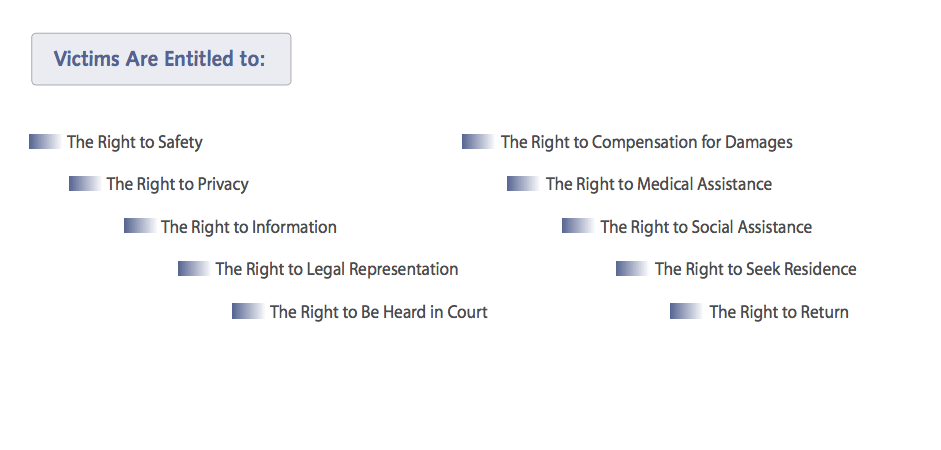
BENEFITS WHICH SHOULD BE GRANTED TO VICTIMS OF TRAFFICKING
Victims of Trafficking in Persons Are to Be Treated with Dignity, Fairness, Compassion and Respect for Human Rights

A victim-centered approach involves upholding the best interests of the victim as the priority concern when introducing legislation.
The Principle of Non-punishment of a Victim of Trafficking.
- The Council of Europe Convention on Action Against Trafficking in Human Beings. The Council of Europe Convention on Action against Trafficking in Human Beings provides that penalties are not to be imposed on victims for their involvement in unlawful activities to the extent that they have been compelled to do so [Art. 26]. The first and most necessary step to assisting victims of trafficking in persons is recognizing them as such. Existing legislation often criminalizes the victim of trafficking in persons for acts such as illegal immigration, possession of false documents and illegal prostitution. Victims of trafficking should not be inappropriately incarcerated, fined, or otherwise penalized for unlawful acts committed as a direct result of being trafficked. This is the principle of non-criminalization of the acts of a victim of trafficking and it must be recognized and implemented by any anti-trafficking legislation.
- United Nations Kosovo Regulation No. 2001 on the Prohibition of Trafficking in Persons. The principle of non-punishment of victims of trafficking is clearly stated No. 2001 on the Prohibition of Trafficking in Persons which provides: “A person is not criminally responsible for prostitution or illegal entry, presence or work in reasonable belief that he or she was the victim of trafficking.”
- The United States Trafficking Victims Protection Act. The Trafficking Victims Protection Act implements the principle of non-criminalization. The Act states that victims of trafficking “are repeatedly punished more harshly than the traffickers themselves,” and that the victims should not be “penalized solely for unlawful acts committed as a direct result of being trafficked,” such as using false documents, entering the country without documentation, or working without documentation. On this basis the Act punishes the traffickers who falsify documents with up to 5 years imprisonment, then explicitly states that this rule “does not apply to the conduct of a person who is or has been a victim of a severe form of trafficking in persons…if that conduct is caused by, or incident to, that trafficking.”
THE FIVE Ps
The outlined measures are not exhaustive, but rather illustrative of the most important measures that must be taken to combat trafficking in persons

THE THREE Rs
The outlined measures are not exhaustive, but rather illustrative of the most important measures that must be taken to combat trafficking in persons

PREVENTION
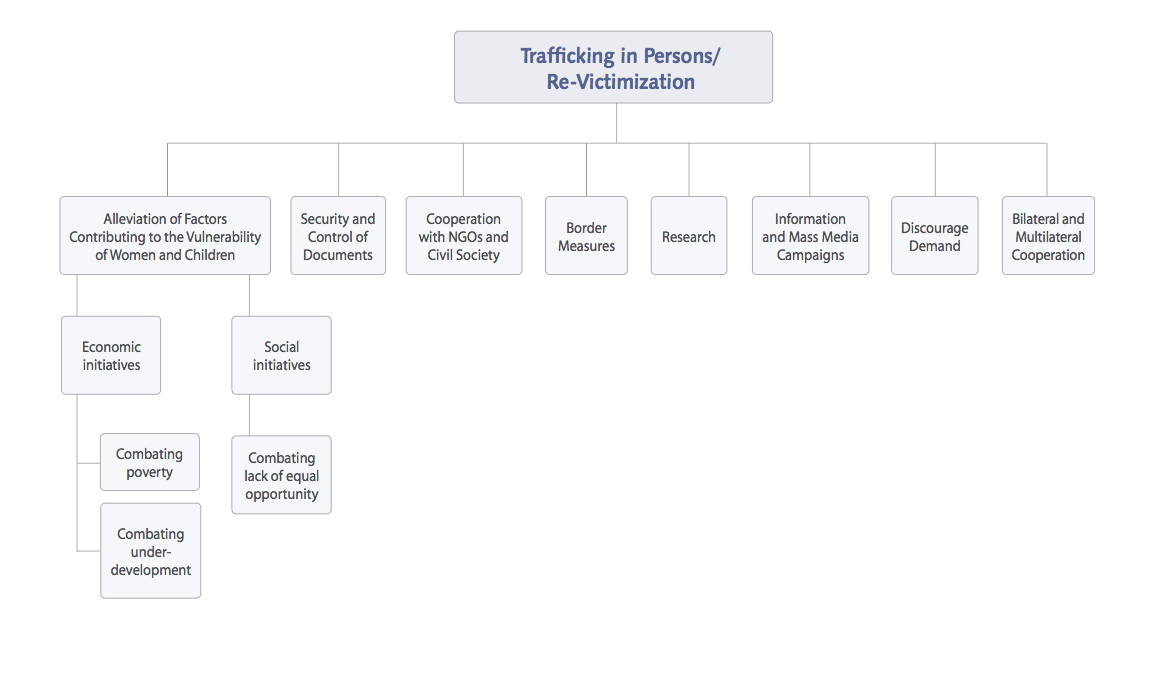
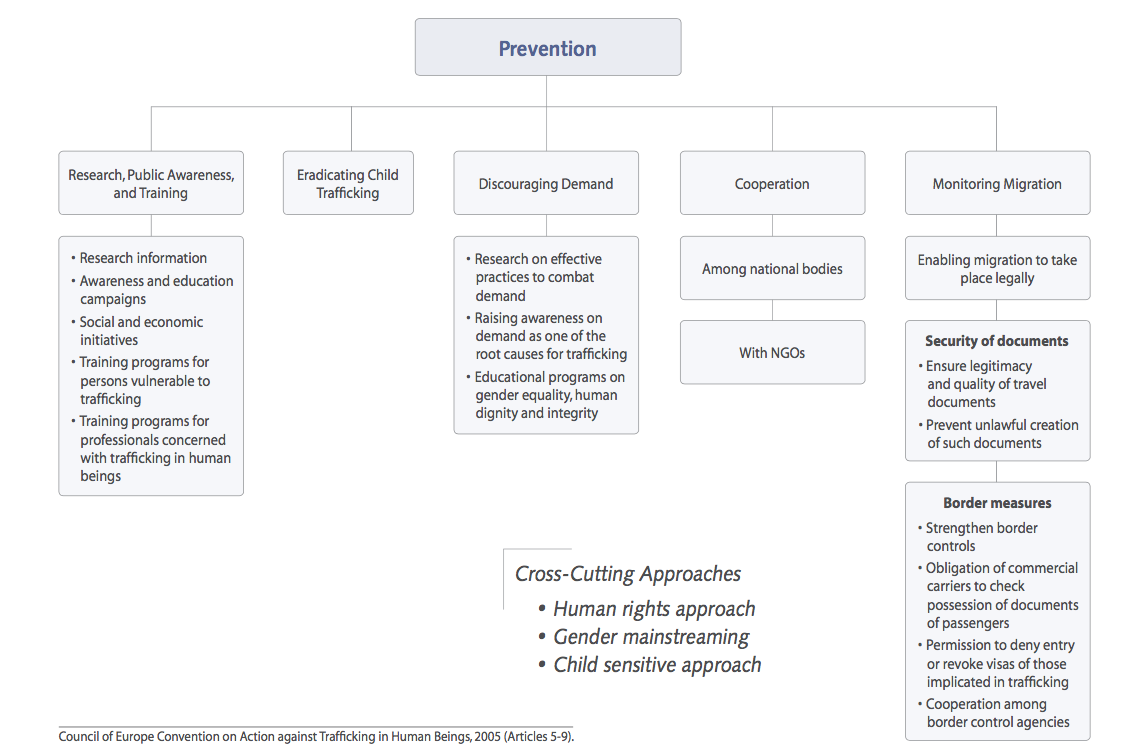

TRAFFICKING IN PERSONS AND SMUGGLING OF MIGRANTS
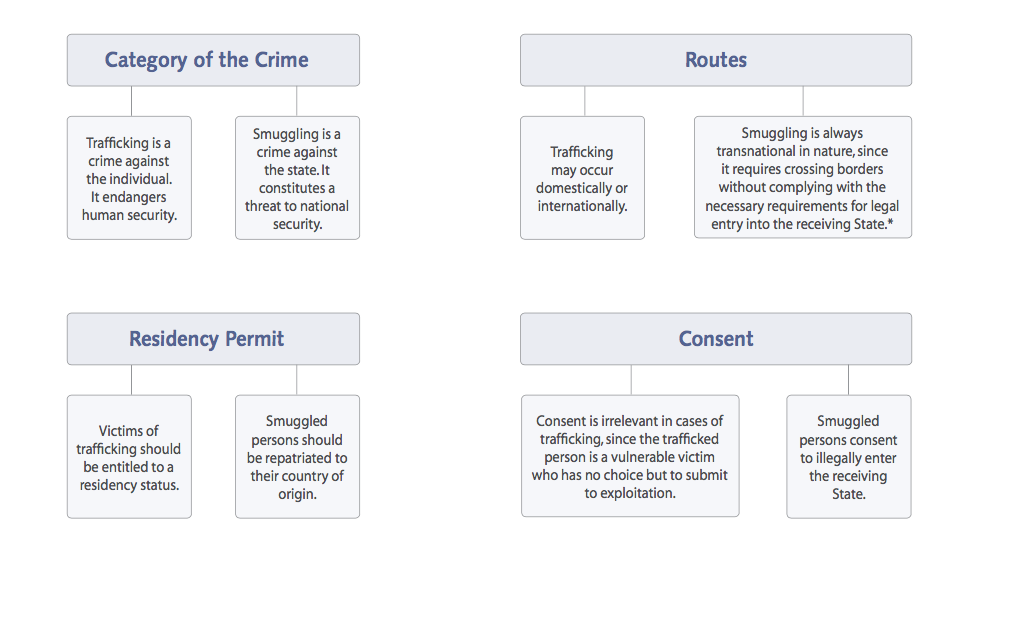
THE FOUR PS
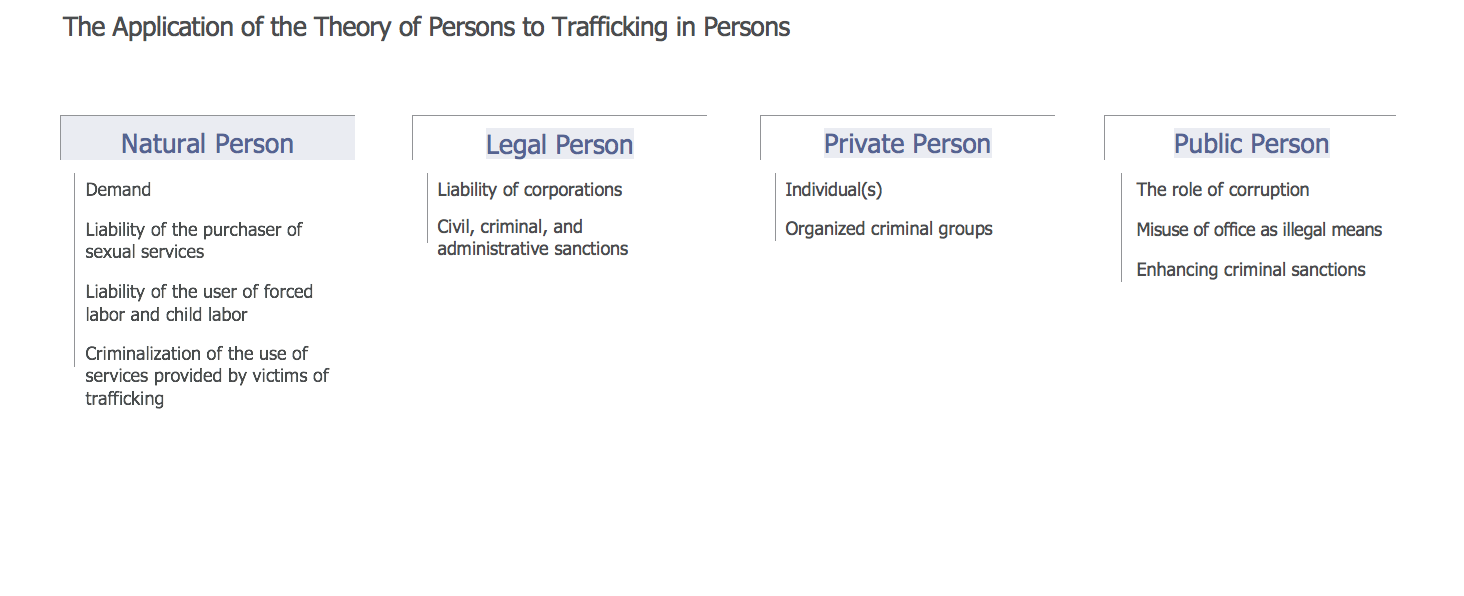
THE THREE EXES
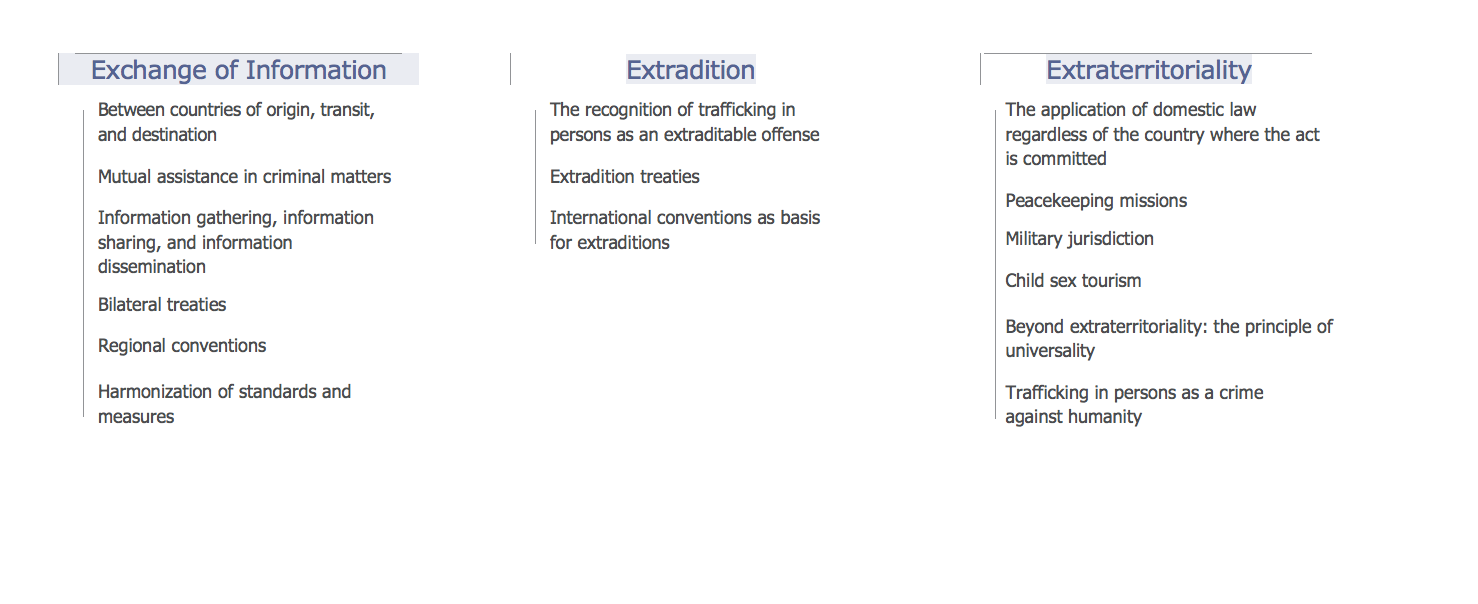
TRAFFICKING-RELATED PROVISIONS UNDER THE UNITED NATIONS CONVENTION AGAINST TRANSNATIONAL ORGANIZED CRIME
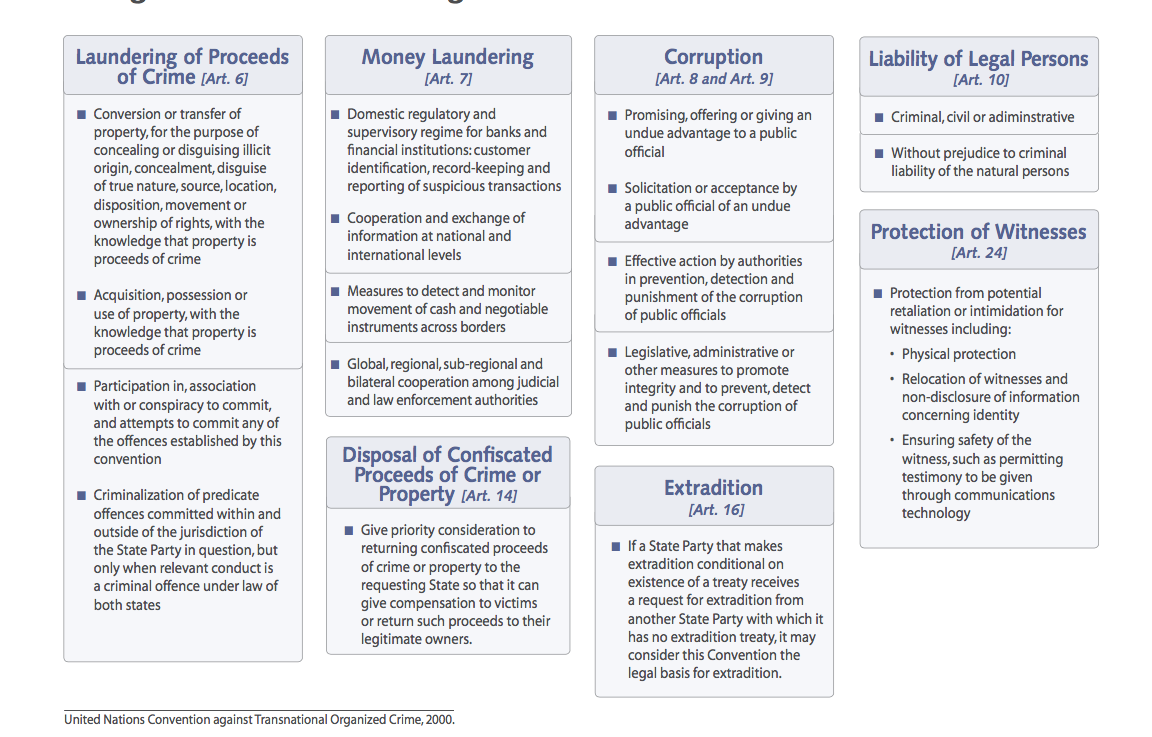
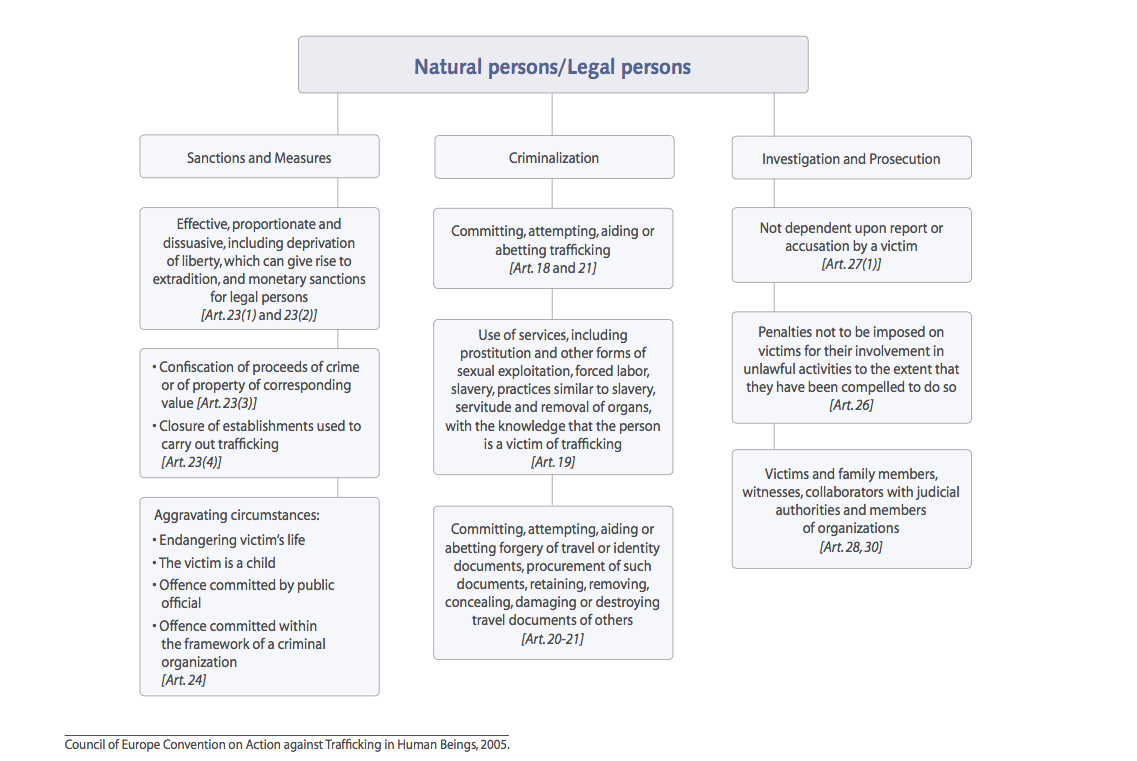
PROTECTION OF VICTIMS
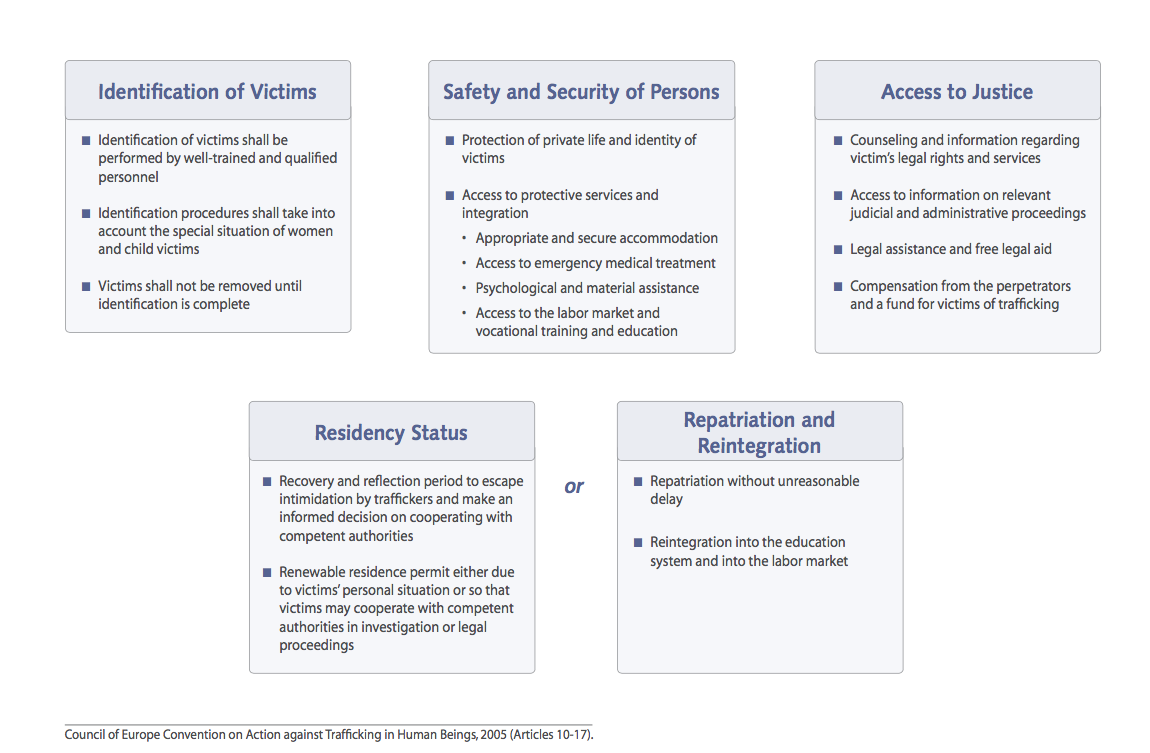
PARTICIPATION

PROSTITUTION UNDER INTERNATIONAL LAW
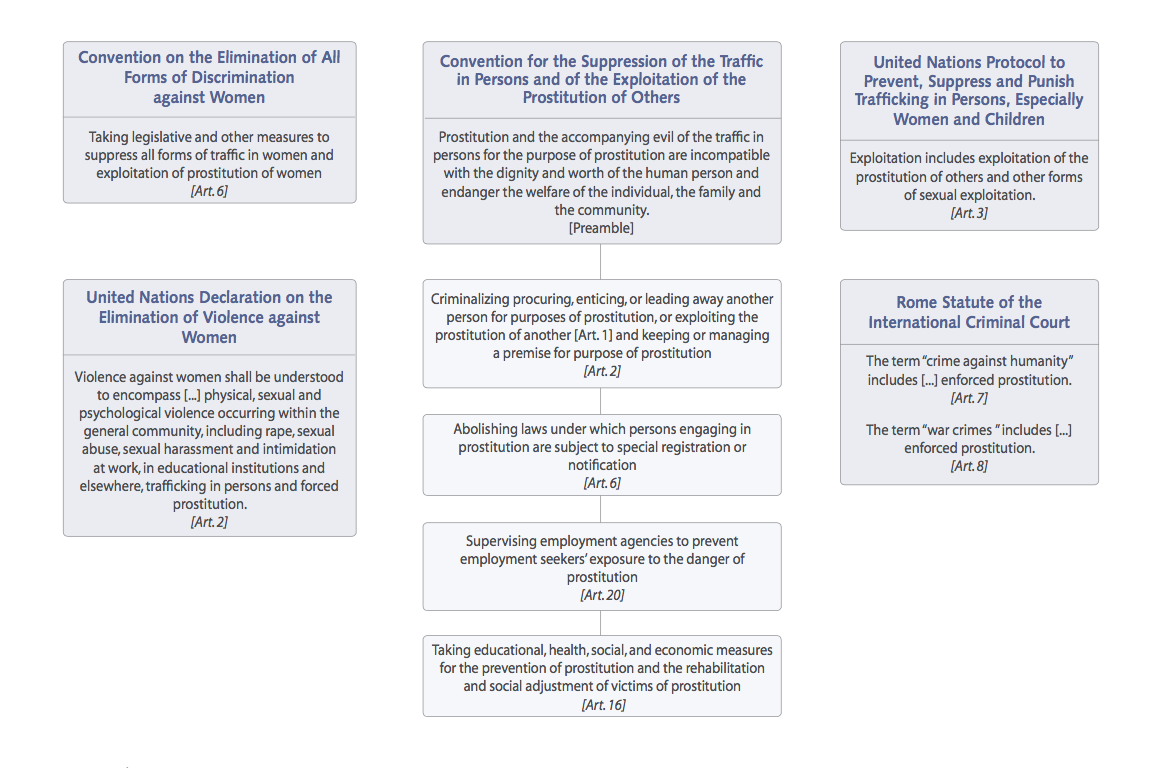
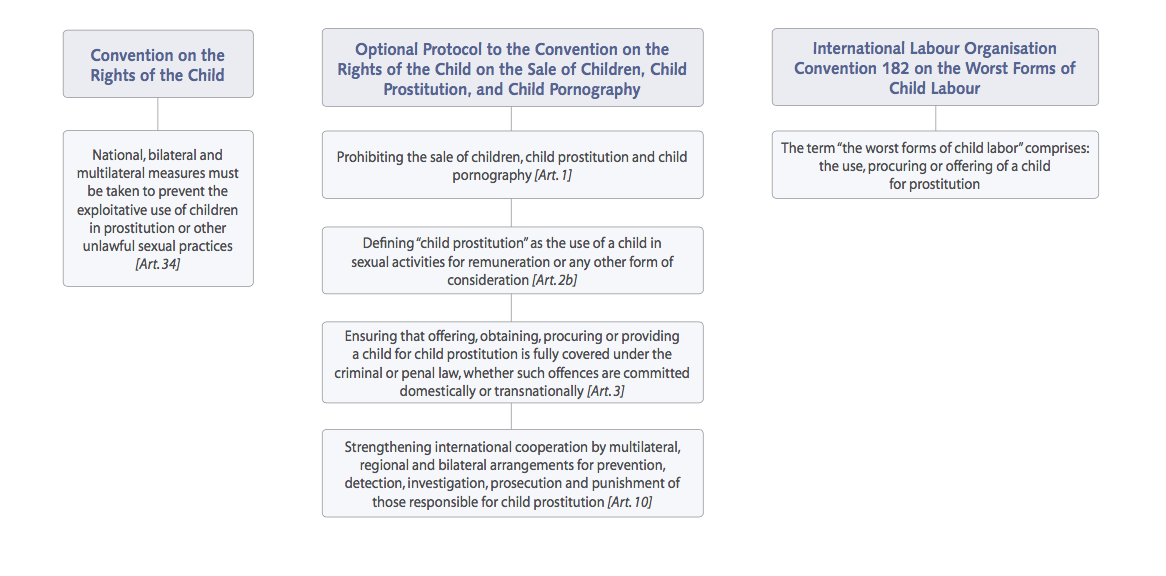
CHILD SEX TOURISM UNDER INTERNATIONAL LAW

UNITED STATES LAW ON CHILD SEX TOURISM
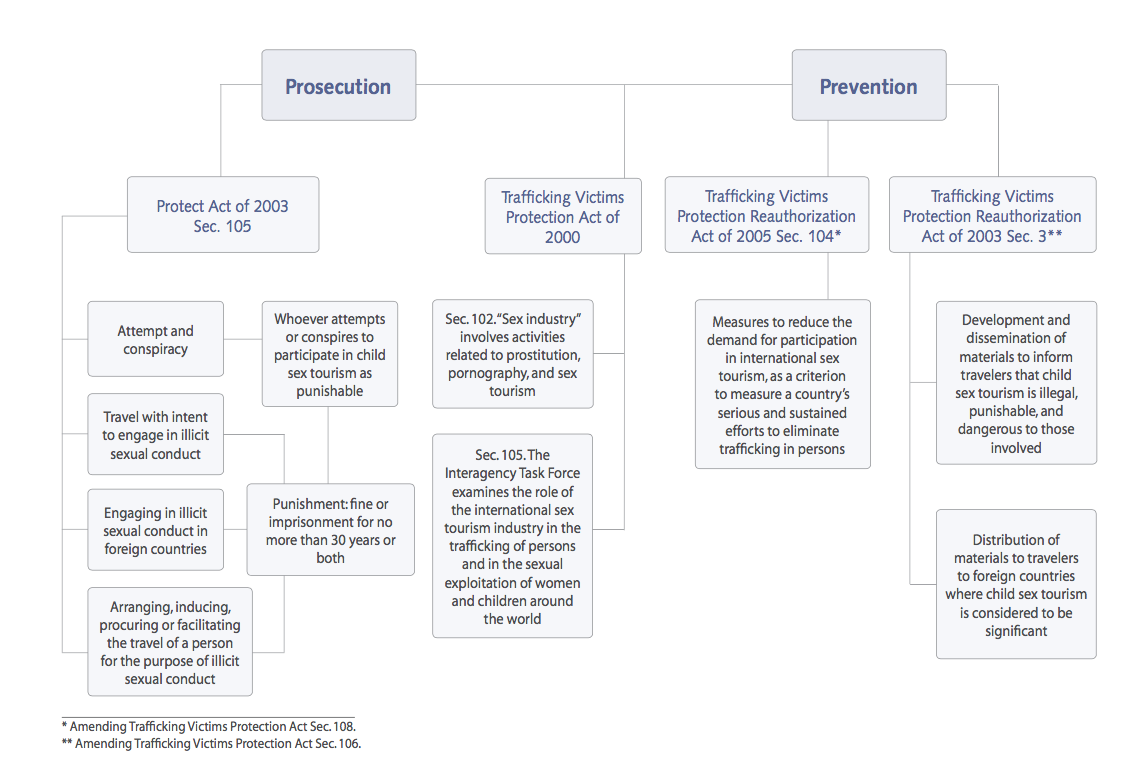
DEMAND UNDER INTERNATIONAL LAW
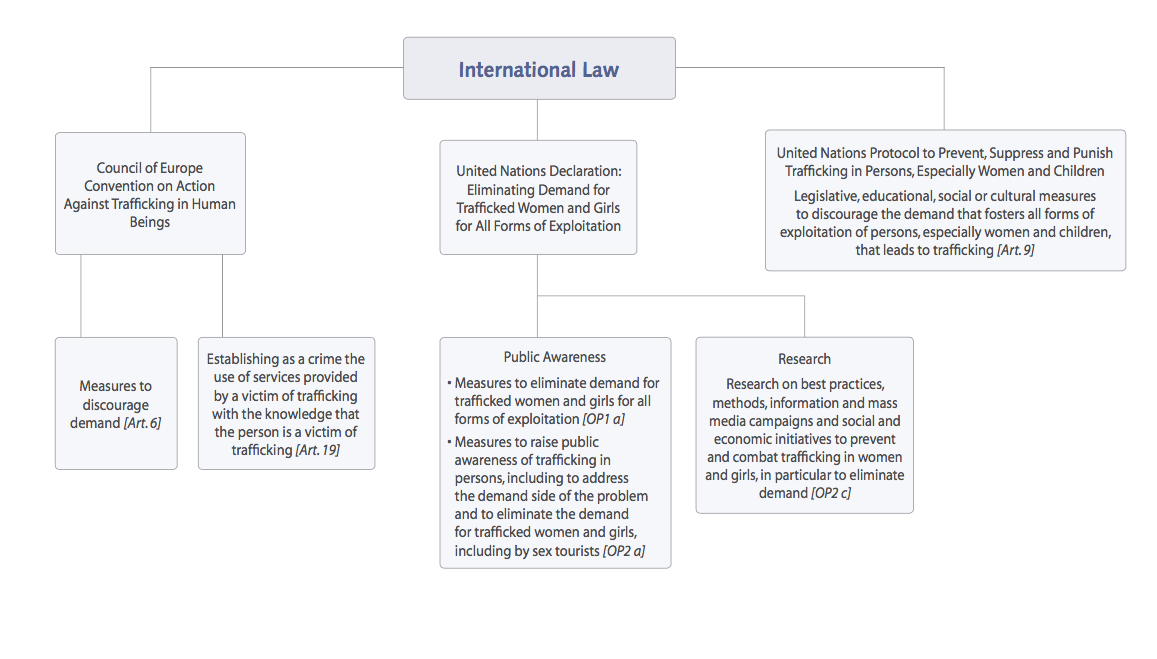
DEMAND UNDER DOMESTIC LEGISLATION

MARRIAGE UNDER INTERNATIONAL LAW

U.S. INTERNATIONAL MARRIAGE BROKER REGULATION ACT OF 2005
Violence Against Women and Department of Justice Reauthorization Act of 2005

ADOPTION UNDER INTERNATIONAL LAW
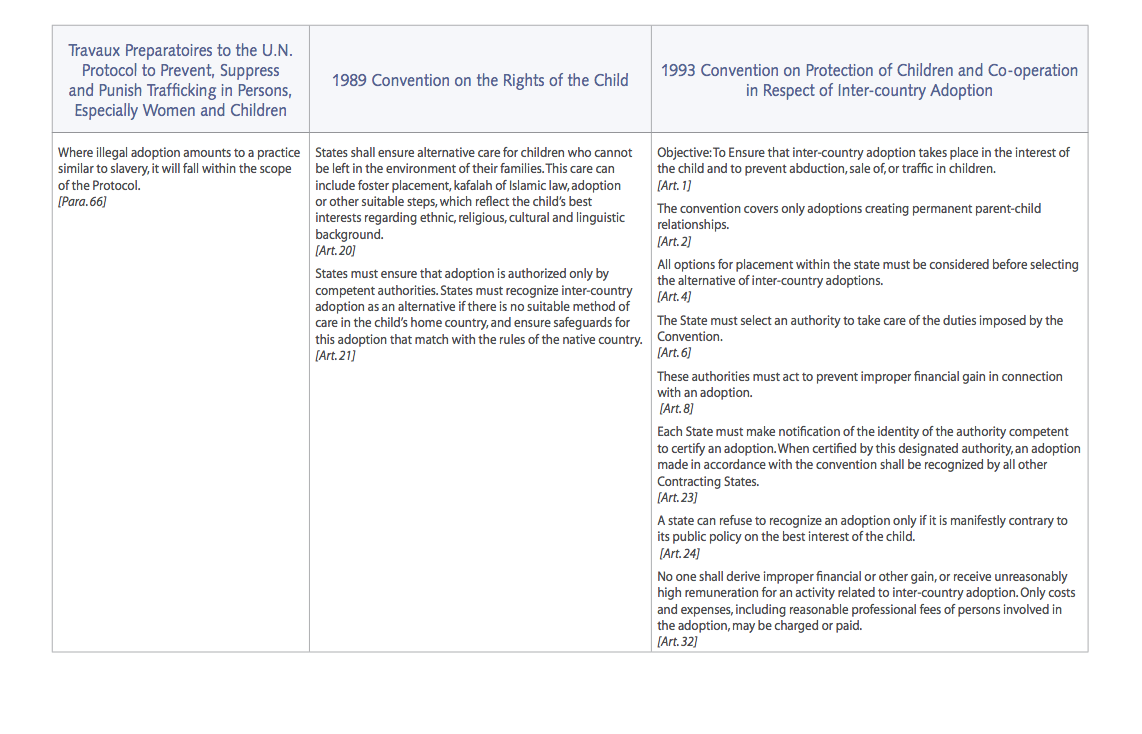
U.S. INTERCOUNTRY ADOPTION ACT OF 2000
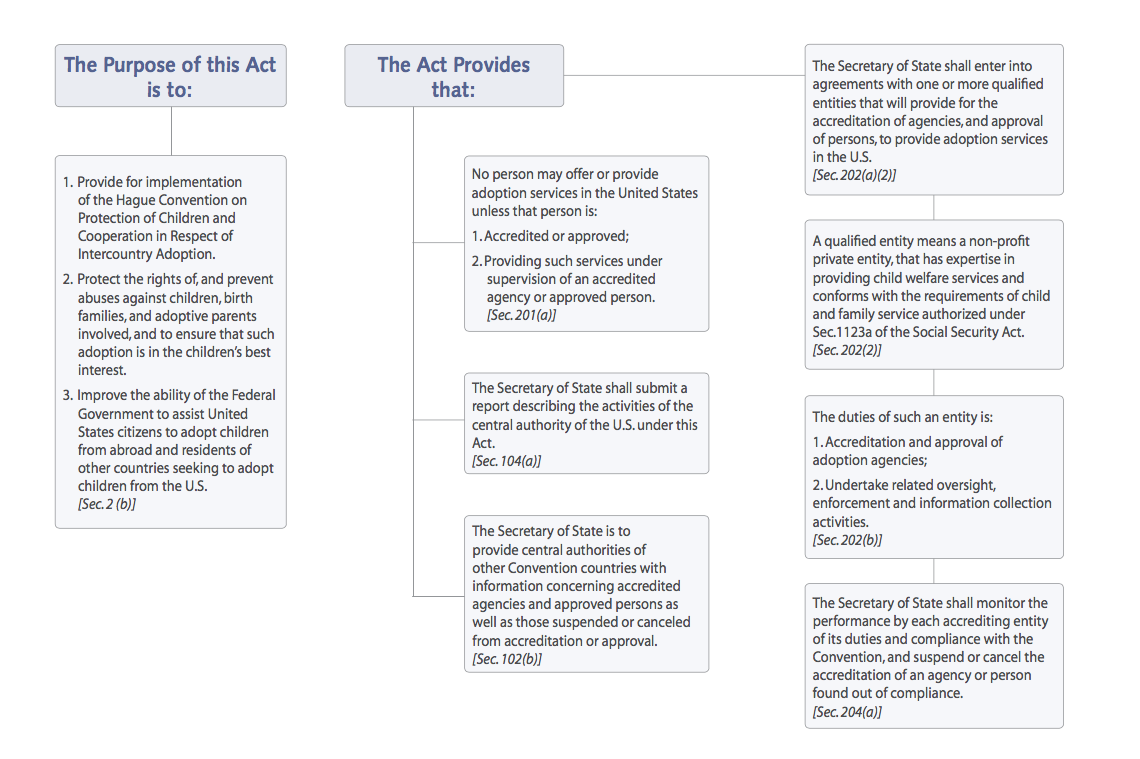
SLAVERY UNDER INTERNATIONAL LAW
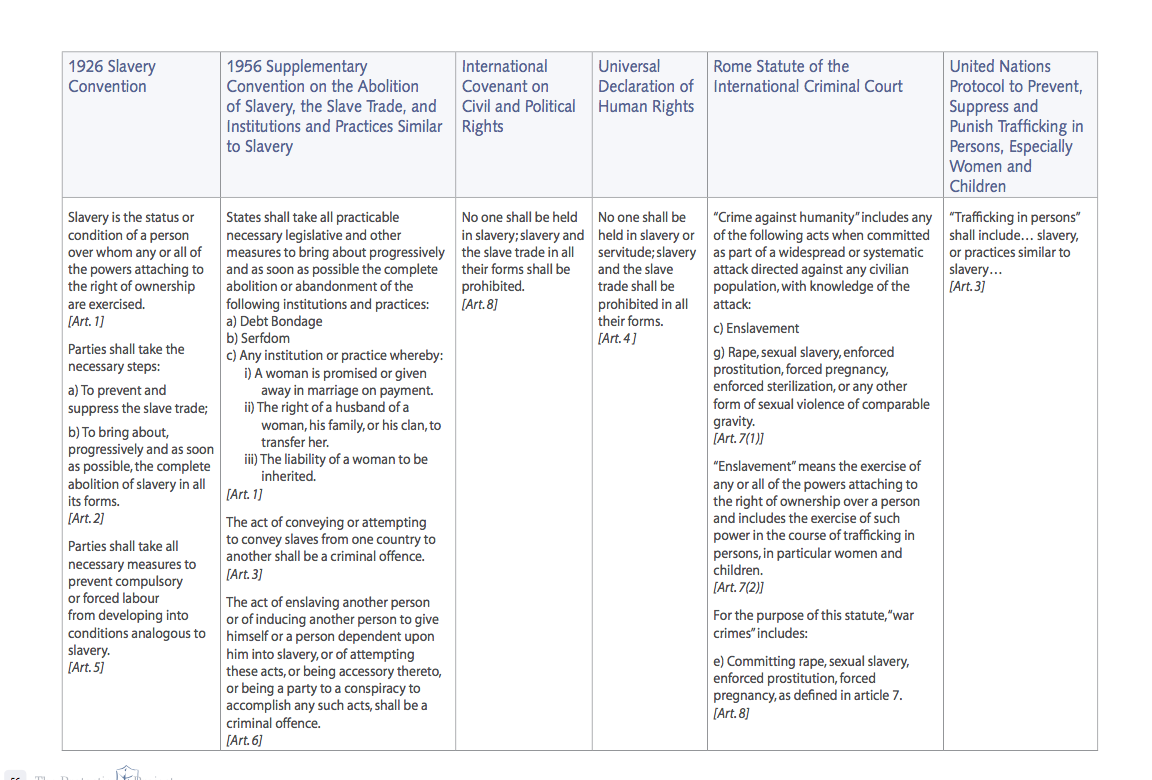
PROHIBITION OF FORCED LABOR UNDER INTERNATIONAL LAW

STRATEGIES TO COMBAT CORRUPTION
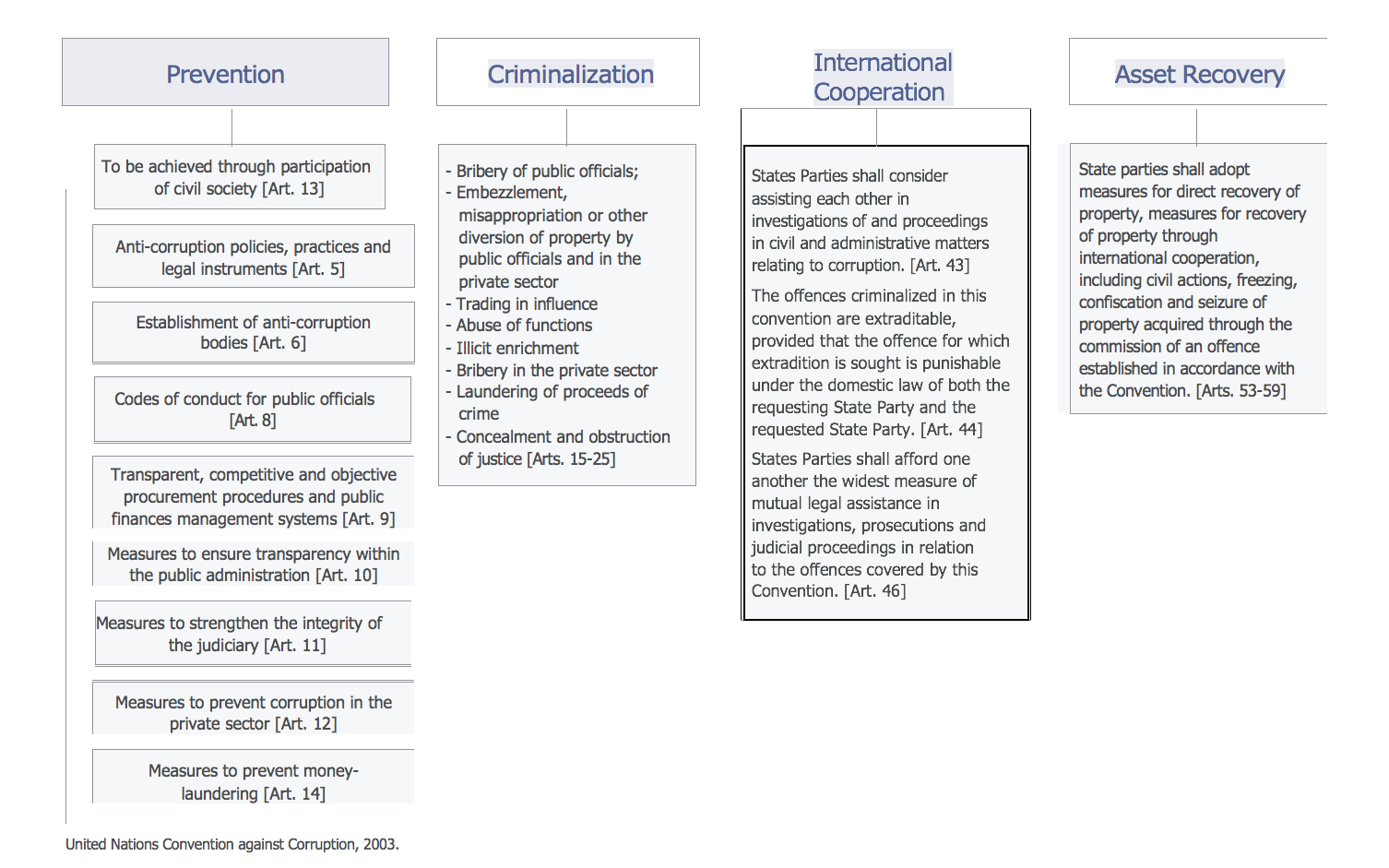
TRAFFICKING IN PERSONS UNDER THE UNITED STATES TRAFFICKING VICTIMS PROTECTION ACT OF 2000 (TVPA), AS AMENDED IN 2003 AND 2005
CRIMES AND PUNISHMENTS
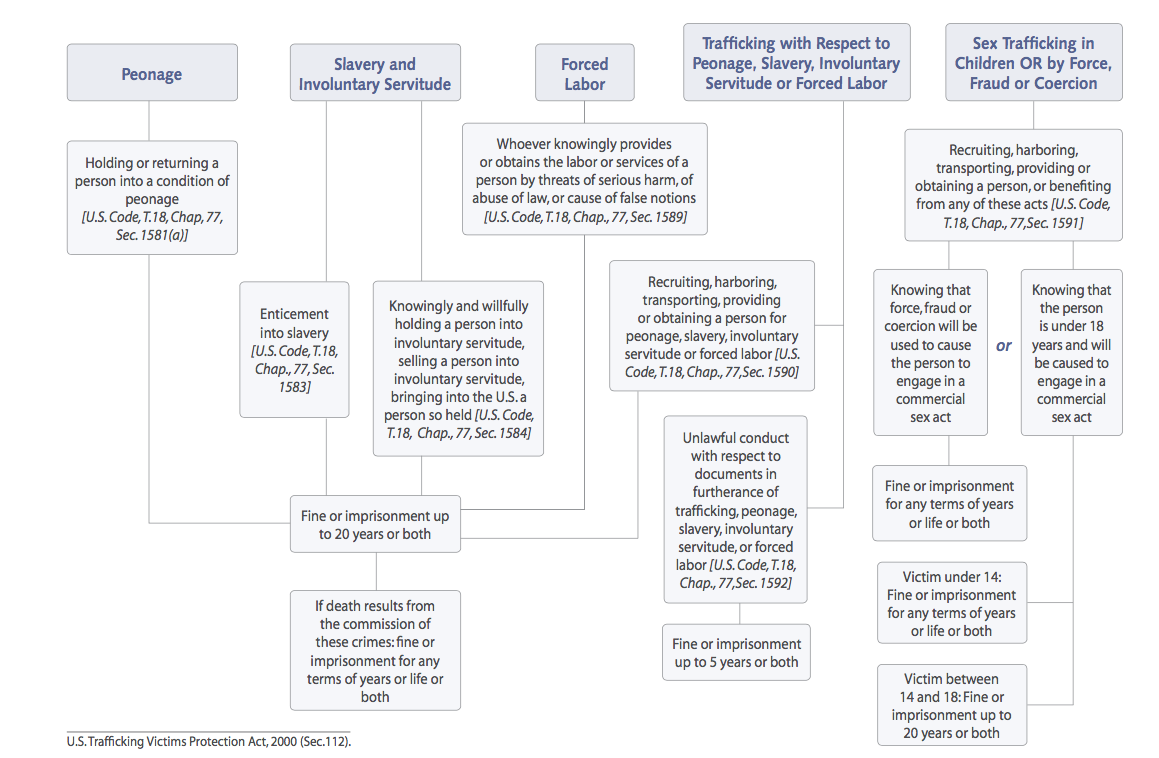
BENEFITS GRANTED TO VICTIMS OF TRAFFICKING

PREVENTION OF TRAFFICKING
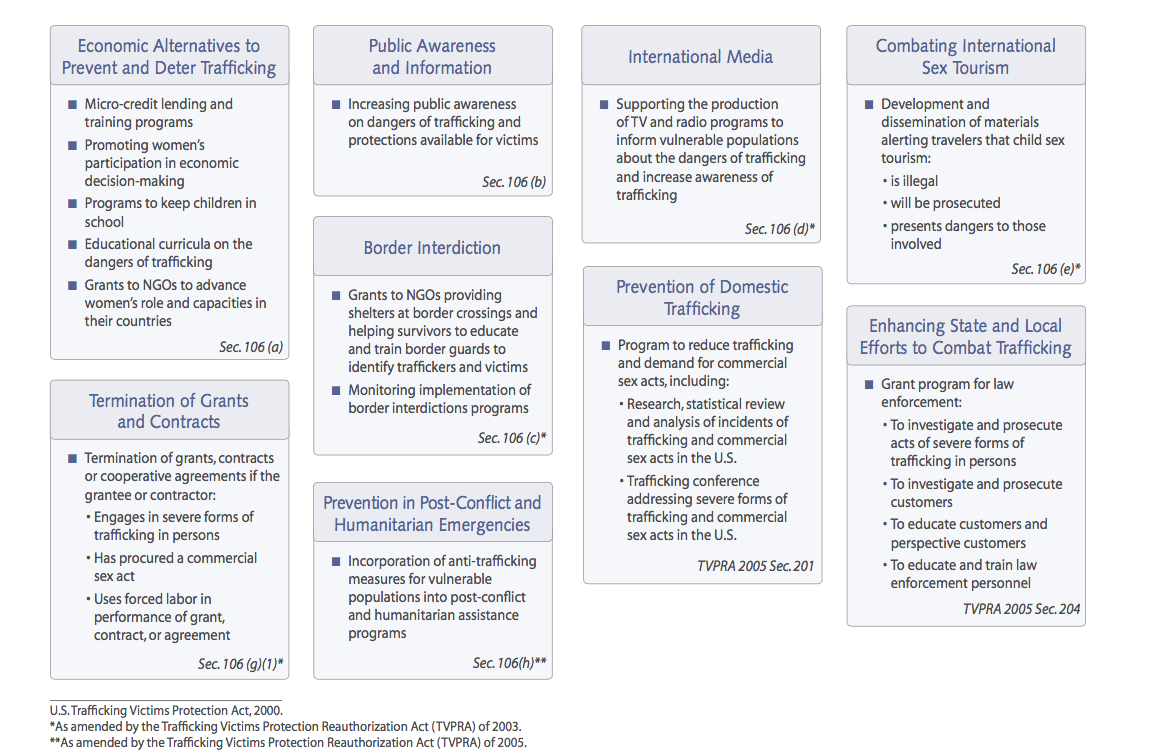
T‑VISA REQUIREMENTS
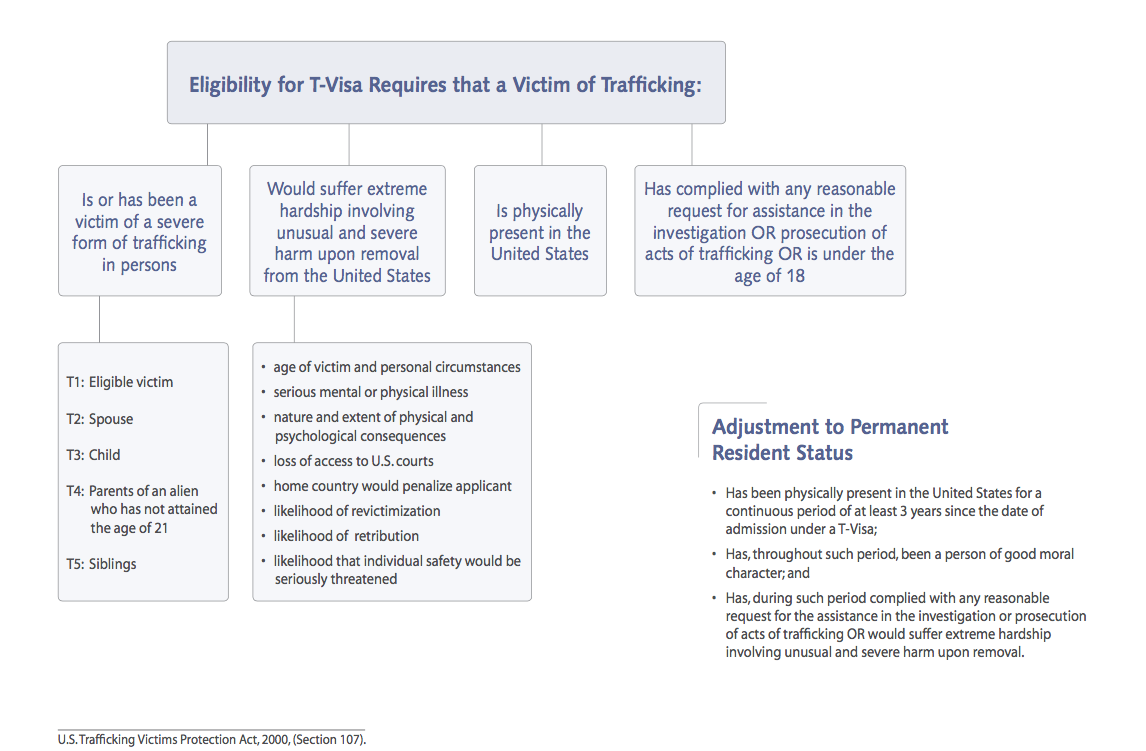
MINIMUM STANDARDS FOR THE ELIMINATION OF TRAFFICKING IN PERSONS

ACTIONS AGAINST GOVERNMENTS FAILING TO MEET MINIMUM STANDARDS

INTERAGENCY TASK FORCE TO MONITOR AND COMBAT TRAFFICKING








